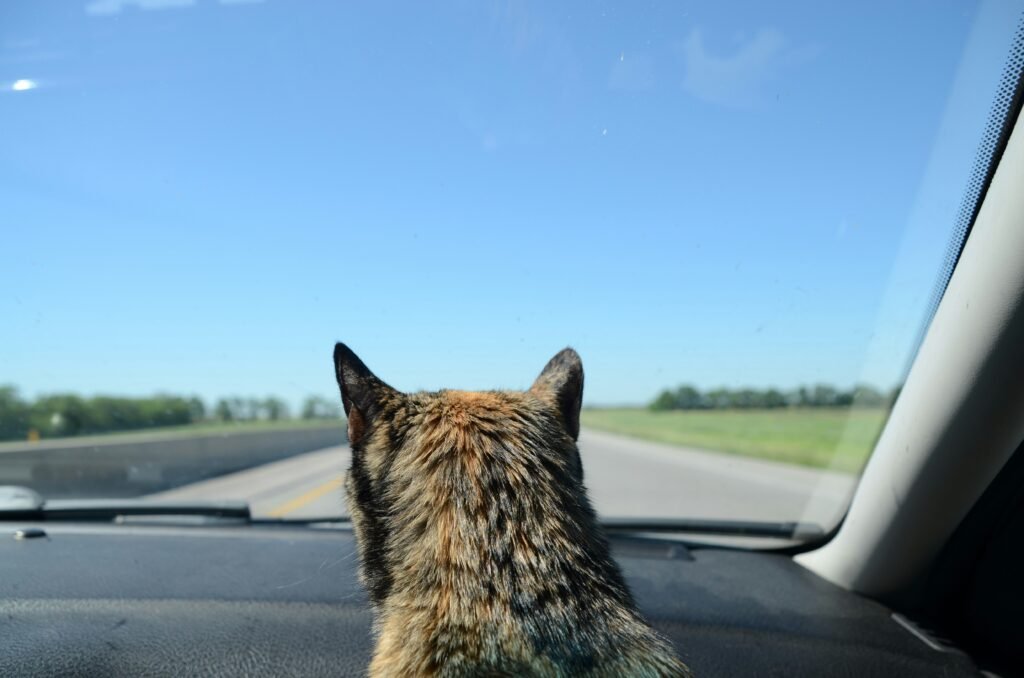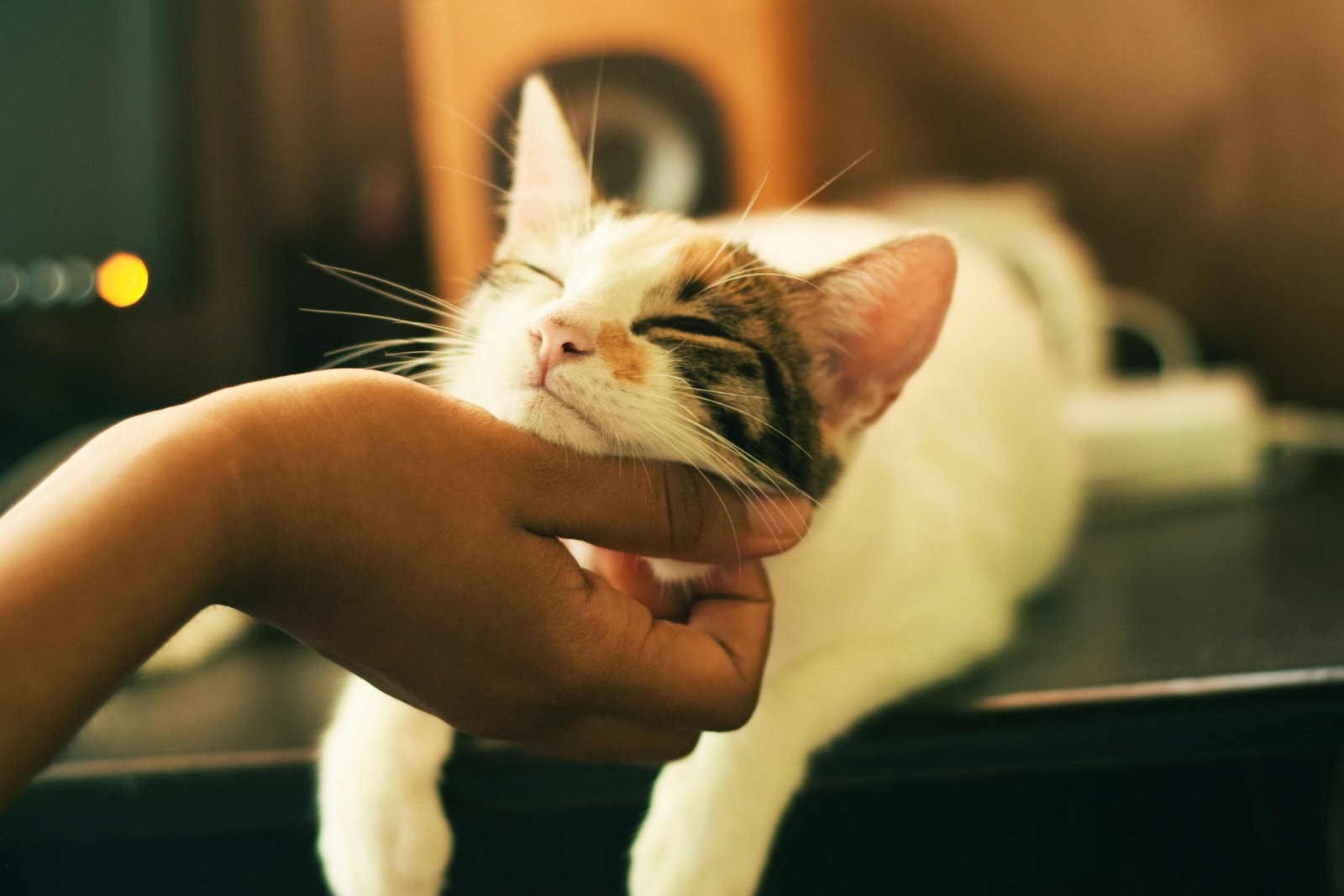Preparing Your Cat for Travel
How to Travel with a Cat: Before traveling with your cat, careful preparation is key. Help your cat get used to its carrier by gradually increasing their comfort and familiarity with it.
Next, schedule a vet visit before your trip. The check-up confirms your cat is healthy and ready to travel. Ensure vaccinations are up to date and discuss any concerns with your vet. They might suggest calming aids or medication if needed.
Bring a comforting item like a familiar blanket or toy. These items carry the scent of home, providing security during the journey. To reduce anxiety, introduce your cat to car rides before the trip. Start with short drives around the neighborhood, gradually increasing the duration.
Gather essential supplies for the trip. A sturdy carrier is crucial for your cat’s safety. It prevents them from roaming inside the vehicle. Keep food and water accessible, and pack a litter box for longer journeys. Being well-prepared reduces stress for both you and your cat, making the trip smoother and more enjoyable.
Choosing the Right Mode of Transportation
Traveling with a cat requires careful planning, especially when choosing the right mode of transportation. Each option—car, plane, train, or bus—has its pros and cons. Consider these factors closely.
Car Travel

When driving with your cat, it’s vital to ensure the carrier is securely fastened using a seatbelt or harness to prevent it from shifting during the trip. Make regular stops to provide your cat with food, water, and access to a portable litter box. These breaks offer your cat a chance to relax and stay hydrated, making the journey less stressful.
Air Travel

Air travel involves additional considerations. Each airline has specific regulations regarding pet travel, requiring you to decide between in-cabin or cargo hold options. In-cabin travel is generally preferable, as it allows you to keep your cat with you throughout the flight. However, it is crucial to check carrier size regulations to ensure your cat’s comfort. For cargo hold travel, prioritize airlines known for their pet safety protocols. Prepare for airport security checks by keeping your cat in a secure carrier and carrying essential documents like health certificates. It’s also advisable to book a direct flight to minimize transit times and reduce stress for your pet.
Train and Bus Travel

Traveling by train or bus can be a good option, but research pet policies beforehand. These policies differ by provider. Some offer pet-friendly routes and accommodations, while others may have restrictions. Keep your cat in the carrier and ensure it’s secure with proper ventilation. Purchase a ticket for your cat and confirm requirements in advance to avoid issues during the journey.
No matter how you travel, keeping your cat calm is crucial. Use music designed for cats or pheromone sprays to soothe them. Familiar items like a blanket or toy can create a comforting environment, making the trip smoother and less stressful.
Managing Your Cat’s Comfort and Safety During Travel
Traveling with your cat requires careful planning to ensure their comfort and safety. To minimize anxiety, create a calming environment using pheromone sprays or collars. These products release soothing synthetic cat pheromones. Maintain a consistent feeding schedule with small, frequent meals, and offer fresh water regularly to prevent digestive issues.
Ensure proper ventilation in the carrier by positioning it in a well-ventilated area, away from direct sunlight. Since cats are sensitive to temperature changes, frequently check their condition and adjust the environment as needed. Monitor for stress signs such as excessive meowing, panting, or restlessness.
Secure the carrier with seat belts or pet harnesses to prevent accidents during sudden stops or turns. Loose objects inside the vehicle can become hazards, so remove them to create a safe space. Never let your cat roam free, as this can cause distractions and increase the risk of injury.
Once you reach your destination, help your cat adjust by setting up a quiet, confined space with essential items like food, water, a litter box, and familiar objects from home. Cats thrive on routine, so sudden changes can be stressful. Allow your cat to hide if needed and avoid forcing interactions; let them approach you when ready.
Gradually introduce your cat to other areas by opening the door to their confined space and supervising their exploration. Secure windows and doors to prevent escapes. Establish a routine with regular feeding, play sessions, and a clean litter box to help your cat feel secure in the new environment.
With patience and careful planning, you can ensure your cat feels safe and comfortable during travel and adjusts smoothly to their new surroundings.






